LAM’ON is a start-up company developing bio-based and industrially compostable laminating films and flexible packaging foils. This case study showcases their successful journey and the intellectual property challenges the team faced along the way.
RobCo is a young start-up from the Technical University of Munich (TUM) that currently employs more than 30 people. They specialise in modular robots with cloud-based software, which enables small and medium-sized enterprises (SMEs) to easily utilise automated robots.
This case study showcases how the ground-breaking research of Professor Vincenzo Cerullo and his group at the ImmunoViroTherapy Lab at Helsinki University led to the founding of the spin-out company Valo Therapeutics, setting out to make cancer immunotherapy more effective and accessible to patient.
The successful journey of PYREG showcases how a small German company sets new milestones for efficient waste disposal with its revolutionary and sustainable technology and how a sound intellectual property strategy supported starting their business.
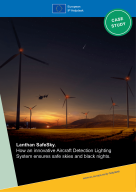
Nowadays, almost everybody understands the importance of wind as a sustainable energy source.
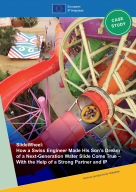
This case study “SlideWheel” illustrates how an imaginary idea can turn into reality with an early-stage IP protection and the collaboration with an experienced partner.
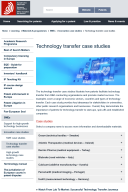
The European IP Helpdesk has teamed up with the European Patent Office (EPO) for a series of case studies as well as podcast series centred around successful technology transfer.
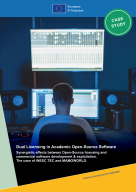
This case study traces the journey that led to the successful partnership between the Portuguese research institution INESC TEC and the German media and after-effects start-up MAMOWORLD through the commercialisation of an academic Open-Source software.
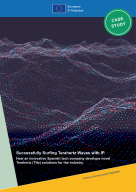
The Spanish company das-Nano offers the first Terahertz-based technology systems on the market designed to provide non-destructive, non-contact, fast and reliable full area characterisation of surfaces, materials and coatings.

The Spanish biotech company AlgaEnergy has successfully scaled up microalgae cultivation processes and introduced innovative, competitive and sustainable products to the market, adding high value across multiple sectors.
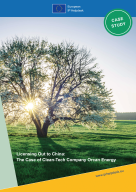
With electricity generation being one of the main sources of greenhouse gas emissions, the German SME Orcan Energy AG has entered the stage with a far-reaching vision: to make existing energy supply more efficient and sustainable, both in Europe and around the world.
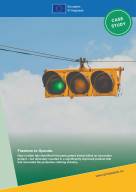
Many sports, but also many work environments require protective clothing to prevent athletes or workers from severe injuries.
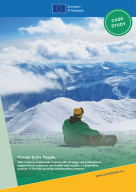
The present case study traces the journey of ALLWINTER Ltd., a young, visionary company active in the fast-growing snowboarding industry aiming to expand their business and build up a strong IP portfolio.
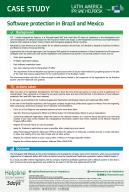
GIS – Gestão Integrada de Seguros, is a Portugal-based SME with more than 30 years of experience in the development and commercialization of software products for the insurance market.
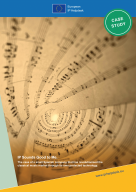
NewMusicNow was founded in 2013 with the aim of providing musicians with a tool that improves the efficiency of their work and the quality of their performances.
